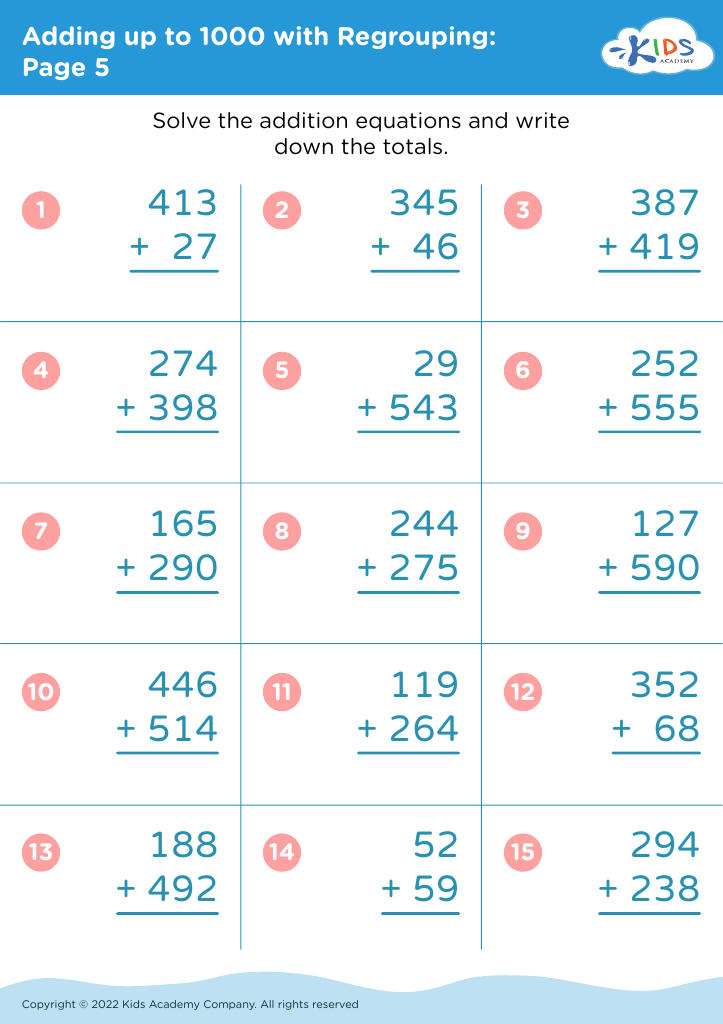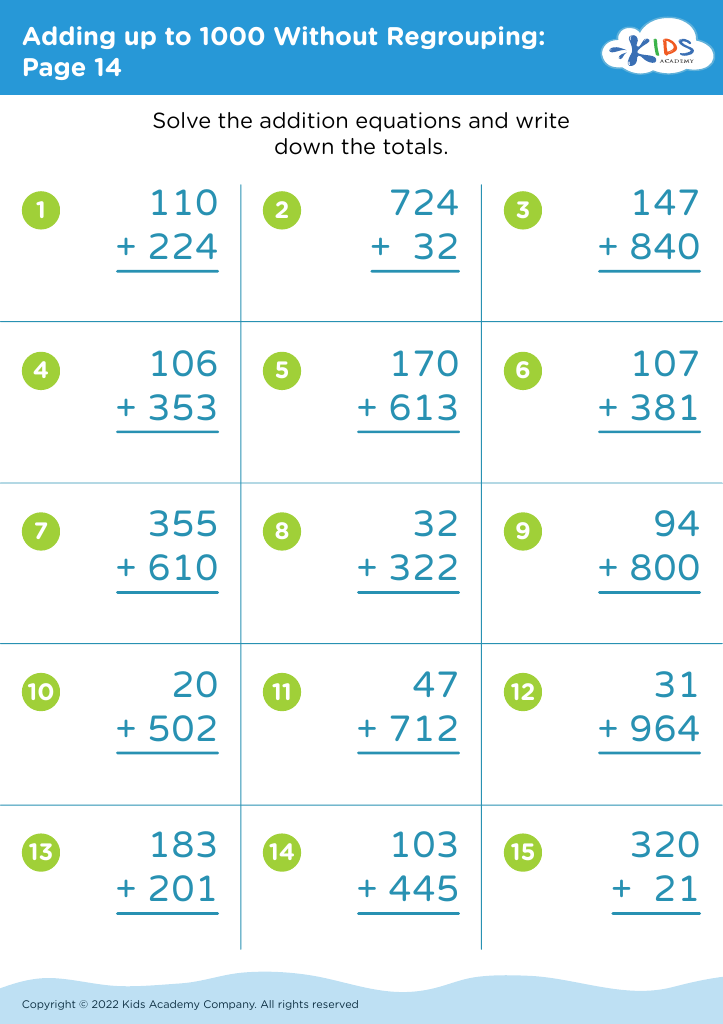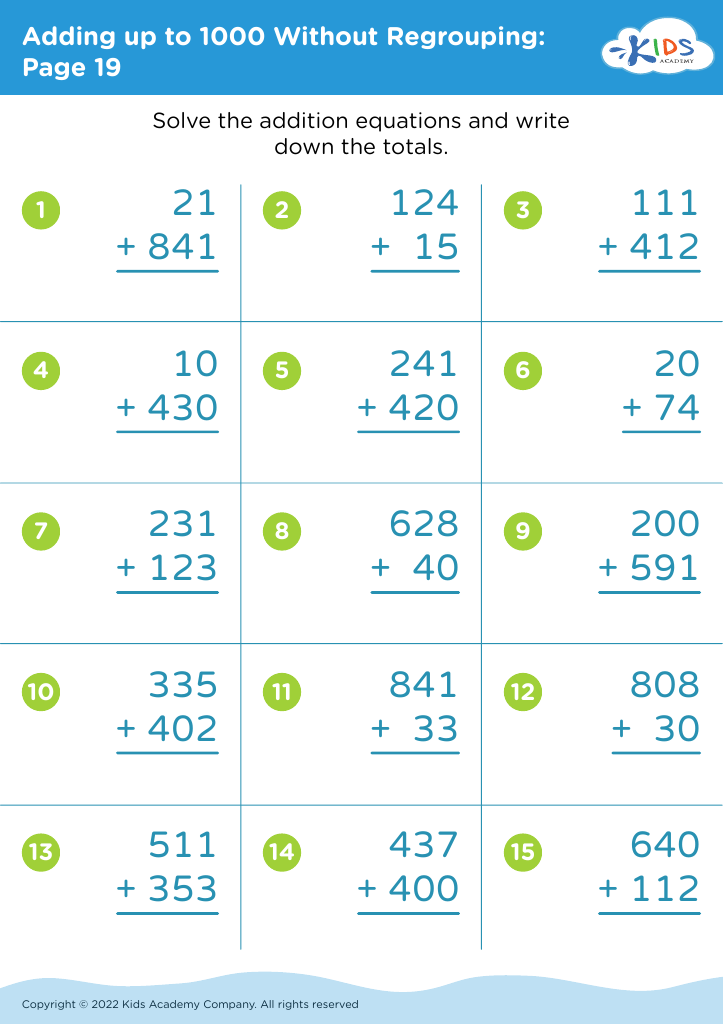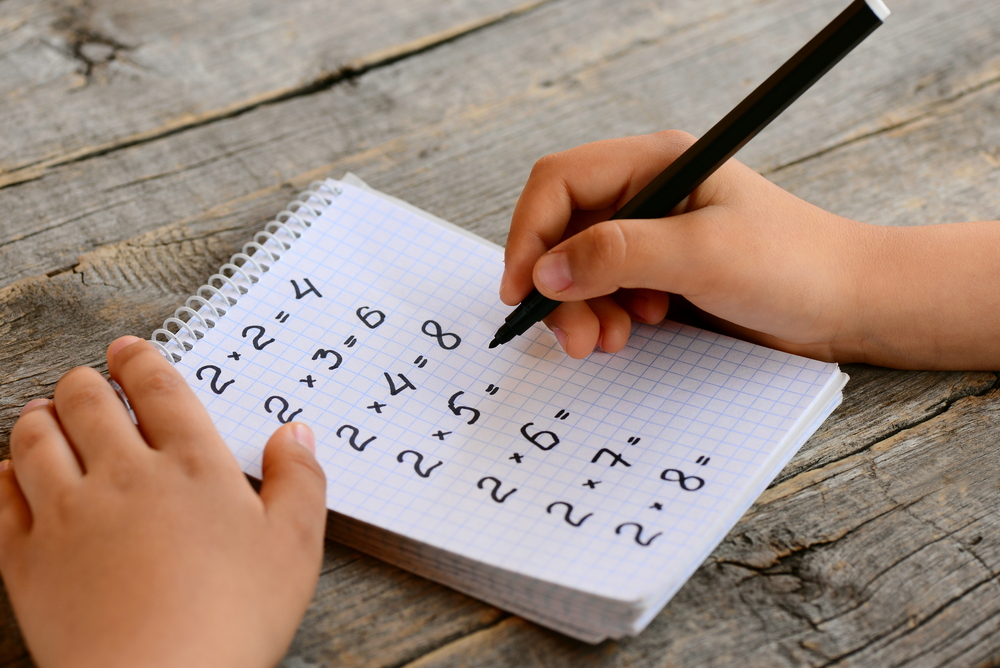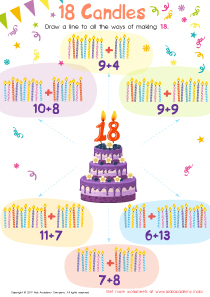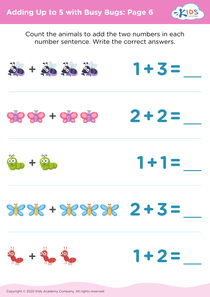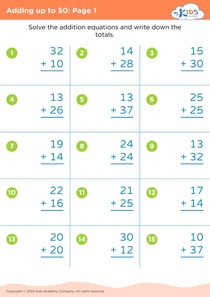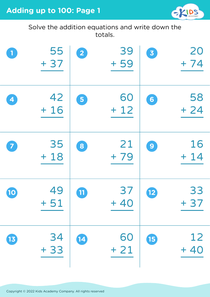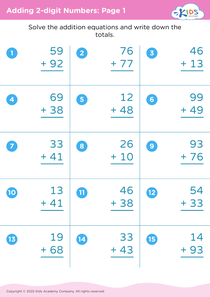Color recognition Adding up to 1000 Worksheets for Ages 4-8
3 filtered results
-
From - To
Discover an engaging way to enhance color recognition skills with our "Color Recognition Adding Up to 1000 Worksheets," designed specifically for children ages 4-8. This collection offers a variety of vibrant and interactive worksheets that blend math and art, helping kids develop essential color skills while practicing addition up to 1000. Each worksheet is crafted to keep young learners excited and motivated as they identify colors, solve problems, and sharpen their cognitive abilities. Perfect for classroom use or home learning, these worksheets provide an entertaining approach to math that promotes active participation and a deeper understanding of numbers and colors for early learners.
Color recognition is a vital skill for children aged 4-8, forming the foundation for their cognitive, social, and emotional development. For parents and teachers, nurturing this ability can enhance a child's learning experience and daily interactions.
Firstly, color recognition aids in visual learning, allowing children to differentiate and categorize objects in their environment. This foundational skill is linked to critical thinking as kids learn to make connections and observations about their surroundings. Furthermore, recognizing colors plays a crucial role in language development, as children learn to describe and articulate what they see, enriching their vocabulary.
Socially, understanding colors facilitates better communication and collaboration among peers. Engaging in activities, like sorting colored crayons or playing games that involve color identification, promotes teamwork and helps build relationships.
Moreover, color can evoke emotions and stimulate creativity. Parents and teachers can use color activities to support emotional expression, helping children share feelings through art and play.
By integrating color recognition into daily routines and learning experiences, parents and teachers are not just teaching a concept; they're equipping children with essential tools for literacy, social interaction, and emotional intelligence, making it a fundamental element of early childhood education.
